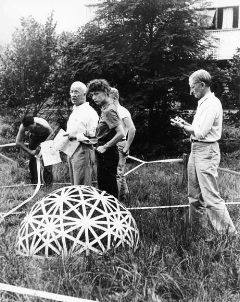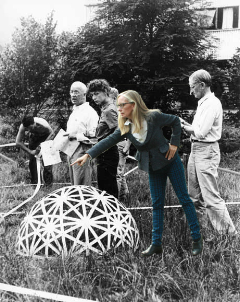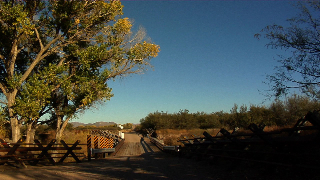
I wanted to be dreaming or imagining Biosphere 2. The material site extracted my life’s visual memories of cinema, architectural pilgrimages and the beloved, indulgent, unrequited fantasy of having been Bucky Fuller’s student at Black Mountain College. I long to have been part of Fuller’s “doing more with less” idea and the experiential learning that fueled the dome’s invention, construction and design.

The ideology and purpose of Biosphere 2’s enormous space-frame structure (rife with iconic architectural quotation that looks back and gazes forward) is under transformation. Biosphere 2’s new mission and research program promises to bridge the gap between its former closed-system laboratory and field studies, focusing on water and climate and energy and sustainability. This is a bold sea change from the hermetically sealed structure originally built to house experiments that modeled habitats for extended space colonization and survival.
My attention became increasingly divided between the urgent present-day mission of Biosphere 2 and the big imaginative late twentieth century experiment that was embedded with imperialism and utopian vision. I wanted to grasp the invention and potential of the current twenty-first century model and to understand the important lessons from the grand imaginative experiment that contained plants, animals and humans in a closed system.
During our first 4 days at Art Lab, Biosphere 2’s present-day researchers and scientists acted as generous, informed guides, the archeologists and anthropologists we met were inspiring, and the artists courageous. Regardless of our days lecture topic the dialogue always returned to water and the changes in the Southwest since European contact. Environmental, cultural and scientific histories, domestic public policy as well as global views were examined. Ideas and possible solutions flowed.

Taoism suggests that we be as flexible as water. That we become able to let go of old models that don’t work and act with creativity and humility to find new ways of being. Understanding ways that art can respond to this charge is foregrounding my research and ideas.




